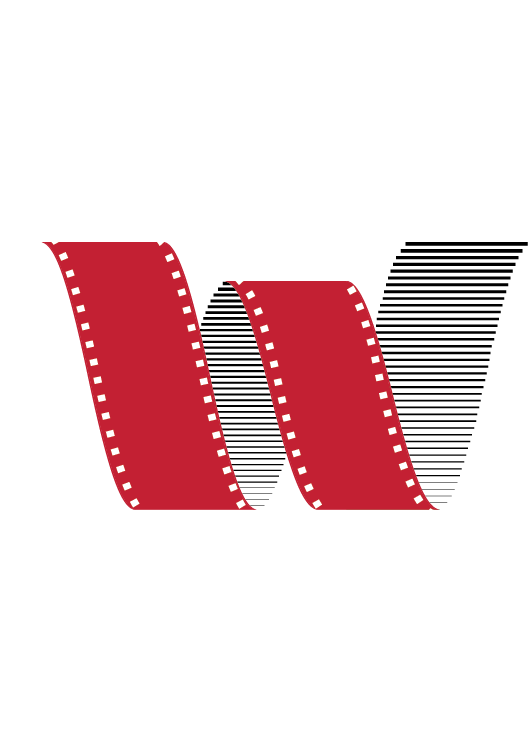The Overture Center is one of Madison’s most important artistic and cultural institutions. Overture’s tremendous team brings artists and productions to town that would otherwise never step foot in Wisconsin. They also support homegrown efforts, …
Blog Posts
Teaching a Computer to Read a Pressbook
Ben Pettis From the 1910s through the 1980s, Hollywood studios promoted their movies through the creation and dissemination of pressbooks—bound pamphlets containing publicity materials, advertising layouts, accessories for sale, and other promotional tactics. These promotional …
Resources for studying the Hollywood Studio System, with thanks to dear friends
An extraordinary gathering is taking place this week at the University of Southern California’s School of Cinematic Arts. Over 200 scholars, teachers, archivists, and creators will be participating in the inaugural Hollywood Conference. An ambitious …
Love, Links, Archives: Sharing the Wendy Clarke Collection
Throughout the Love Tapes, Wendy invited participants into a small booth where they talked for three minutes about what love meant to them. The people who shared their views and experiences represent a wide expanse human experience; African Americans, Asian Americans, Puerto Ricans, and people of many other races and ethnicities all recorded love tapes. Members of New York City’s gay, lesbian, and transgender communities are also well-represented in Clarke’s work. The Love Tapes and much of Clarke’s work represents a model of participatory media culture that preceded the Web and the proliferation of social media; she offers a challenge to traditional cinematic canons and the narrow subset of voices which have traditionally been privileged. The WCFTR is pleased to be able to share the collection–now digitized, searchable, and richly described–with new audiences, allowing the voices within it to speak to us again.
Revisiting Early Programming at Cinema 16 with Viewing Notes and An Online Playlist!
Tanya Goldman In this blog post, Tanya Goldman continues to examine materials from WCFTR’s Amos Vogel collection. Digitized materials discussed below – and many more! – are available on the Internet Archive thanks to a …
Help: Afram and Black Capitalism
The Fall 2024, Volume 94 edition of The Velvet Light Trap opens with the article, “Help: Afram and Black Capitalism” by Will Hair. The essay provides a formal and historiographic unpacking of Help, a 1970 ABC television production …
Reconstructing the Postwar U.S. Campus Film Society Movement with the Amos Vogel Papers
Tanya Goldman The Wisconsin Center for Film and Theater Research (WCFTR) is one of many institutions that house materials related to the great cineaste Amos Vogel (1921-2012). A man of capacious tastes and eager to …
Lost & Found: Jean Béranger’s “Lafcadio” (1948)
Zachary Zahos In the course of an average day, archivists at the Wisconsin Center for Film and Theater Research handle one-of-a-kind materials, whose historical value draws researchers from across the globe. But rare is the …
WCFTR Receives NEH Grant for “Project Ballyhoo”
Ben Pettis The Wisconsin Center for Film and Theater Research (WCFTR) has received a Digital Humanities Advancement Grant from the National Endowment for the Humanities (NEH) for a project titled “Project Ballyhoo: Analyzing Publicity Text …
New at the Media History Digital Library: The Wilkinson Pressbook Collection
By Zachary Zahos The Media History Digital Library has recently returned from a trip to that most fabled and misunderstood decade, the 1960s, with a treasure trove of freshly digitized film pressbooks in tow. Newly …
